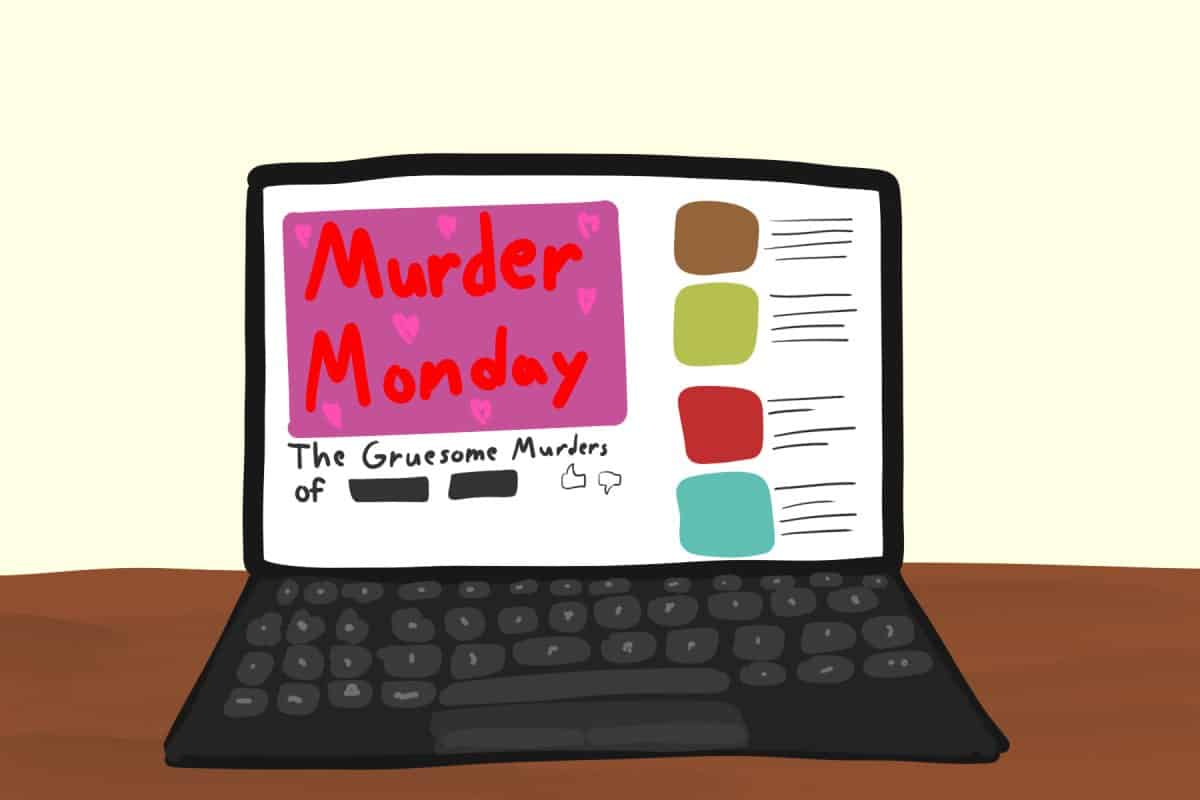American politics has always been full of backroom deals, dirty money changing hands, smoke filled rooms, a wink here, a nod there. It’s intriguing, exciting and scandalous. There are whole TV shows dedicated to politicians who aren’t afraid to get down and dirty if it means that they can get what they want. A little murder never hurt anyone, right? In reality, our politicians probably (hopefully) aren’t murderers, but they’re still out for blood.
Presidential campaigns are a case in point. The candidates lay in wait, ready to pounce on anything their competitor may say or do. As soon as the 47 percent comment was out of Romney’s mouth, the Obama campaign was in action. Obama may have run on a message of hope and a positive future, but that didn’t mean that he wasn’t going to drag Romney through the mud to get there. Every election cycle, the pundits claim that it’s the dirtiest, nastiest, most negative campaign yet. They said it in 1968, and they’re still saying it in 2016.
Many people claim to dislike attack ads, but the reality is that they work. They get the job done. Positive ads aren’t memorable, but attack ads are. There’s the infamous Daisy ad used by Lyndon B. Johnson, showing the innocence of a little girl literally being blown away by nuclear war. Or there was the Willie Horton ad attacking Mike Dukakis in 1988, using the issue of crime to play the race card against him. These are the ads people remember, not the ads praising a candidate or highlighting their good deeds.
History shows that running a positive, clean campaign just doesn’t work. In ’88, Mike Dukakis refused to go negative; he didn’t exploit George H.W. Bush’s comments or actions. In the end, Dukakis blew an 18-point lead. The Presidency was his, but he refused to engage.
Of course you can look at candidates like John Kasich, who ran a clean, positive campaign until the end. It was noble, admirable that he took the moral high ground when everyone else was hitting below the belt. But the positivity message loses its novelty after a while.
However, candidates have to be careful. There’s a fine line that they must walk when going negative. Bringing in a candidate’s spouse and kids often incites a bad reaction. Just take the Tweet with the unflattering picture of Heidi Cruz. People were furious. Ted Cruz was furious. It made Donald Trump look bad, and Ted Cruz came out on top as the loving husband defending his wife. Donald Trump just looked rude.
There’s no doubt that the 2016 campaign is by far the most negative in recent history. From nicknames to mean Tweets, this election has it all. There’s Donald Trump’s reality show campaign on one side and Hillary Clinton’s holier than thou campaign on the other. It makes for great television. With both candidates’ unfavorable numbers up in the 50s, the only way to win is to be negative.
This trend of negativity isn’t going away, either. If this election has demonstrated anything, it’s the fact that people respond to negativity more than positivity. More people were moved by the doom and gloom of the RNC than they were by the hopeful message of the DNC. Every time Donald Trump issues another nickname, people eat it up. Depending on what side of the political spectrum you hang from, you either hate it or love it. Either way, it creates a reaction.
Positive political campaigns just don’t work. History proves it. 2016 proves it. To win in Washington you have to be ready to lie down with the dogs, even if it means getting up with fleas.
Chandler Gory is a sophomore majoring in political science. Her column runs biweekly.









